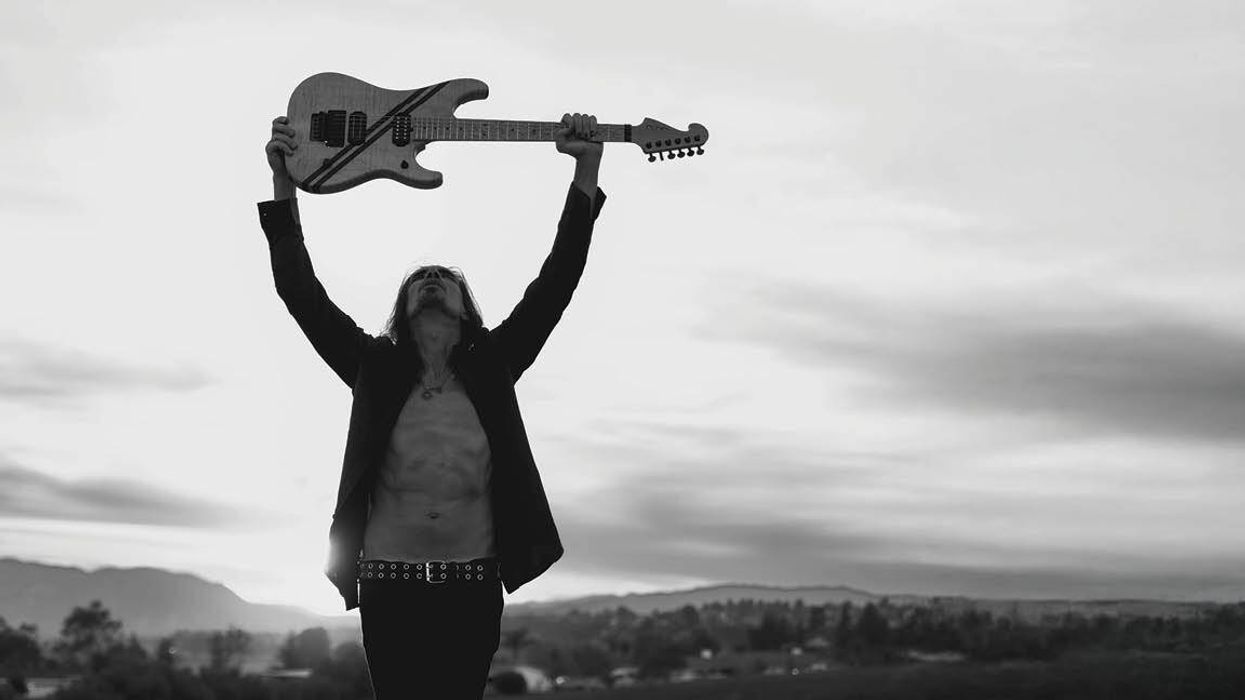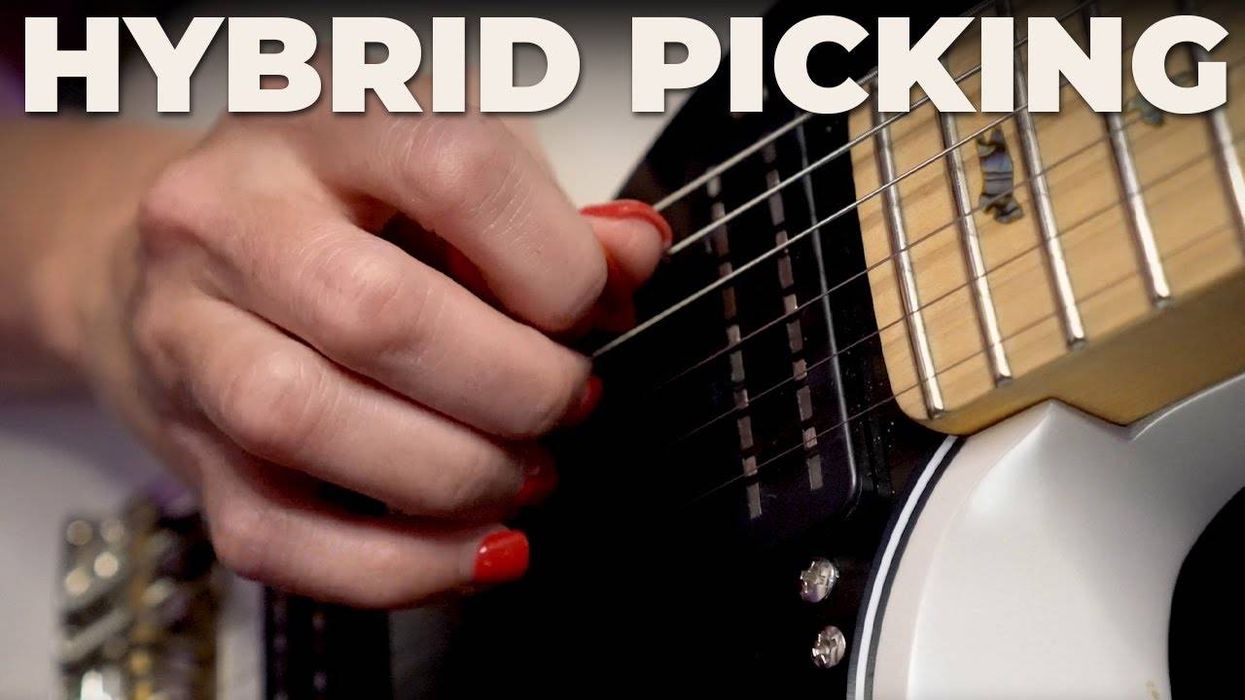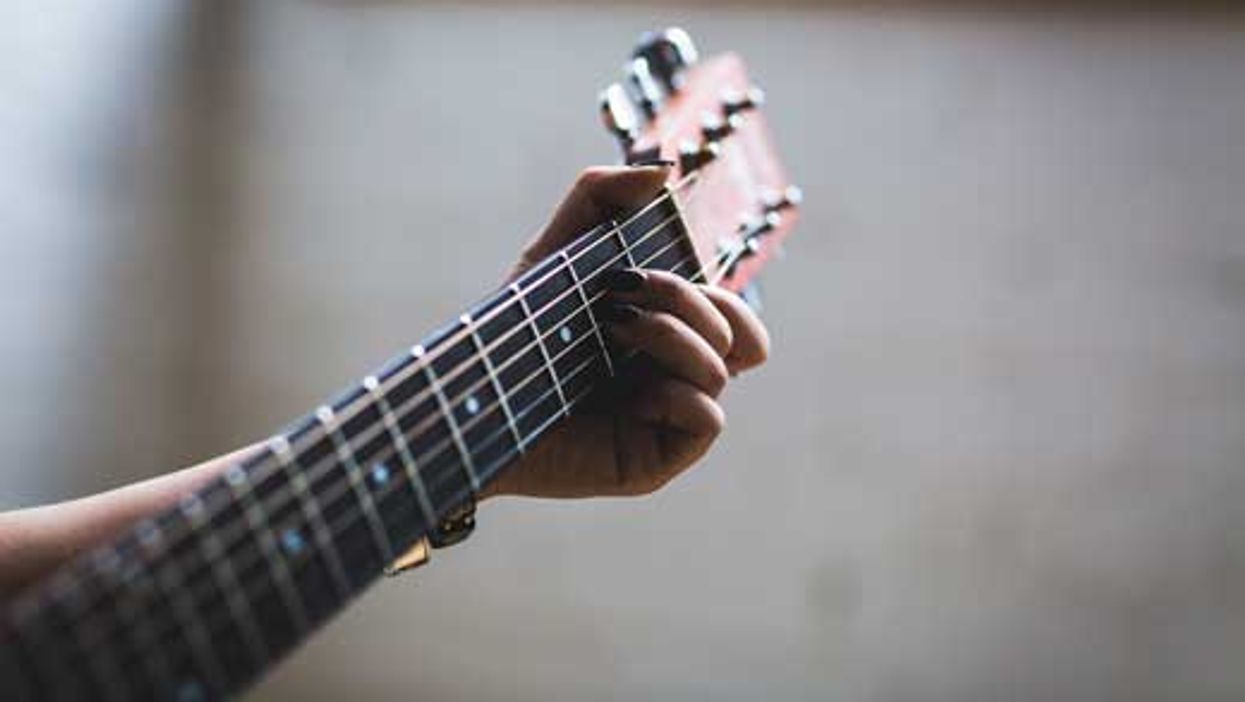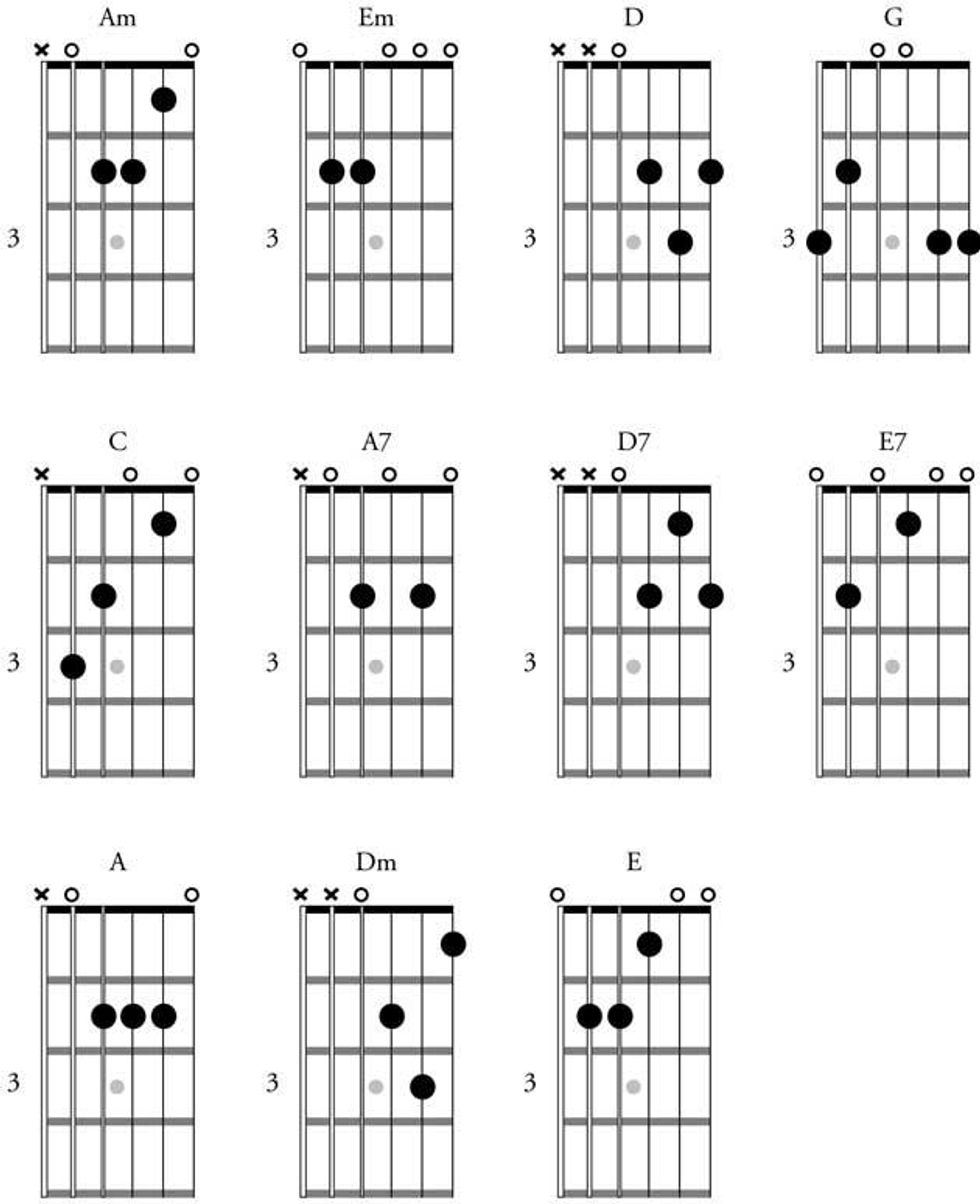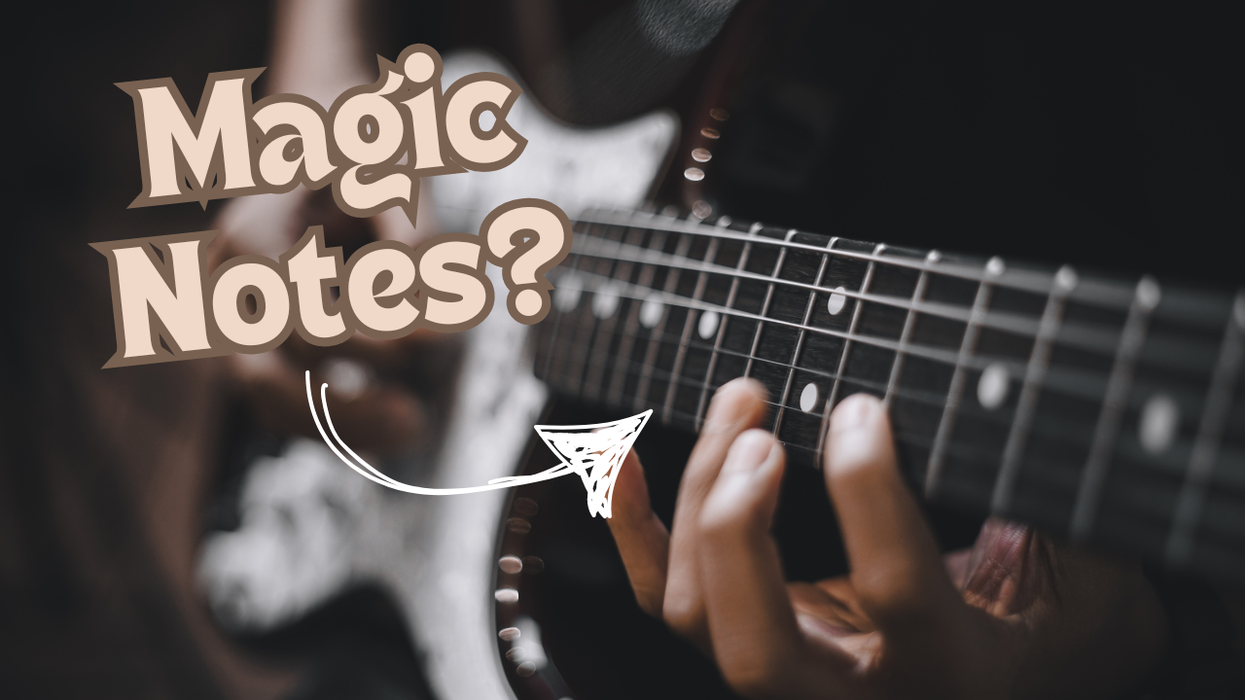Guitarists are an interesting bunch. We slave over the juicy details of every nuance of the instrument and its vast varieties. Guitars, amps, pedals, pedalboards, cables, strings, picks, nitro versus lacquer, fretwire, bridges, everything. Modeling, tubes, power scaling, attenuators, boutique, custom wiring, pickups, and on and on and on. We go to jams, hang with friends, join bands, record ourselves, have amp fests, and spend our coffee hours (work anyone?) online reading PG, The Gear Page, and vintage amp forums, and love every minute of it. No doubt we are a varied group and the levels go from fascinated collector to industry professional and every possible type in between. But one thing I know is that many of us are…illiterate! That’s right. How many guitarists here can proudly raise their hand and say they can call out every single note on the fretboard instantly? If you raised your hand, pass Go and collect $200, you’re in the big leagues! If not, let’s just take a little look at what we can do to bring up our level of musicianship and make communication easier as a guitarist...and a whole lot more interesting.
In a way, knowing the fretboard is a little like knowing the alphabet, right? If you don’t know it, you can’t spell, you can’t read, and you probably have a harder time understanding what’s going on in the language. Sure you can figure things out by using familiar sign posts, landmarks, etc., but it’s not the same as knowing. I recall being in my pre-reading years as a child and pretending to read a book or the newspaper, knowing damn well I didn’t know what I was saying but hoping to fool my folks. Didn’t work and they got a kick out of my trying. That’s not really the way you want to live as a musician though, is it?
When it comes down to it, the fretboard really isn’t that complex and it repeats itself after you count to 12! Some of us play a 24-fret neck (nice and easy math there), others have less and therefore don’t have as many notes to learn. With 24 frets, that’s a total of 144 notes, or just 72 if you look at it as the fretboard split 12/12. The other nice thing about the way the fretboard is designed (in standard tuning, that is) is that you get two strings for the price of one! The 6th and the 1st are the same, so that even narrows things down farther for easier recall. In standard tuning we get the benefit of patterns that form and help connect notes, but in the end it should just be a matter of looking at the fretboard and knowing the names of the notes. It’s not that hard and there are many ways to learn the notes with a little study. Let’s take a look at a few ways available to us.
Books!
Fretboard Logic (billedwards.com) is an excellent, if not slightly insane, book series on the way the fretboard works on guitar and the specific patterns, chords, and scale shapes that define it. I have the SE version of this book, which combines volumes 1 and 2 and have found it to be a fascinating study on the way the fretboard is logically laid out. It’s very in-depth and gives you so many ways to see the notes and their interconnected relationship that with some study and time you could become a master. In my opinion this is the deepest resource for understanding more that than just the notes but the “logic” behind them.
DIY
Hunt and peck. Play a note, call it out! This is a time-tested way of learning. We did it with typing, we can do it with the fretboard. Take a little time and drop in now and then and give yourself the challenge. Name a few notes and find them on the fretboard. In no time you’ll find the notes appear in letter form when you look at the fret and string.
Flash cards. 4th string, 8th fret (Bb?). If you’re feeling like a little project you can make flash cards on paper or recipe cards. It might be overkill, but being able to shuffle the deck and make the order unpredictable can be an inspiring way to mix things up.
Friends
Hanging with friends is a great way to keep you honest and even bring on some friendly competition. Think of it as having a study partner. The best part of this method is it now opens up the whole point of understanding the fretboard…musical collaboration! It’s a language and if you’re both speaking it you are communicating on another level, and it makes getting your ideas across easier.
There are many ways to go about this and it’s just one step to becoming a more knowledgeable player. It may inspire you to learn more about theory, sight reading, and other noble quests. Heck, keep it up and you might be on your way to becoming the next great session player. We all can dream!
Hey, You Can't Do That: Know Thy Fretboard
How many guitarists here can proudly raise their hand and say they can call out every single note on the fretboard instantly?
By Steve OuimetteFeb 07, 2011




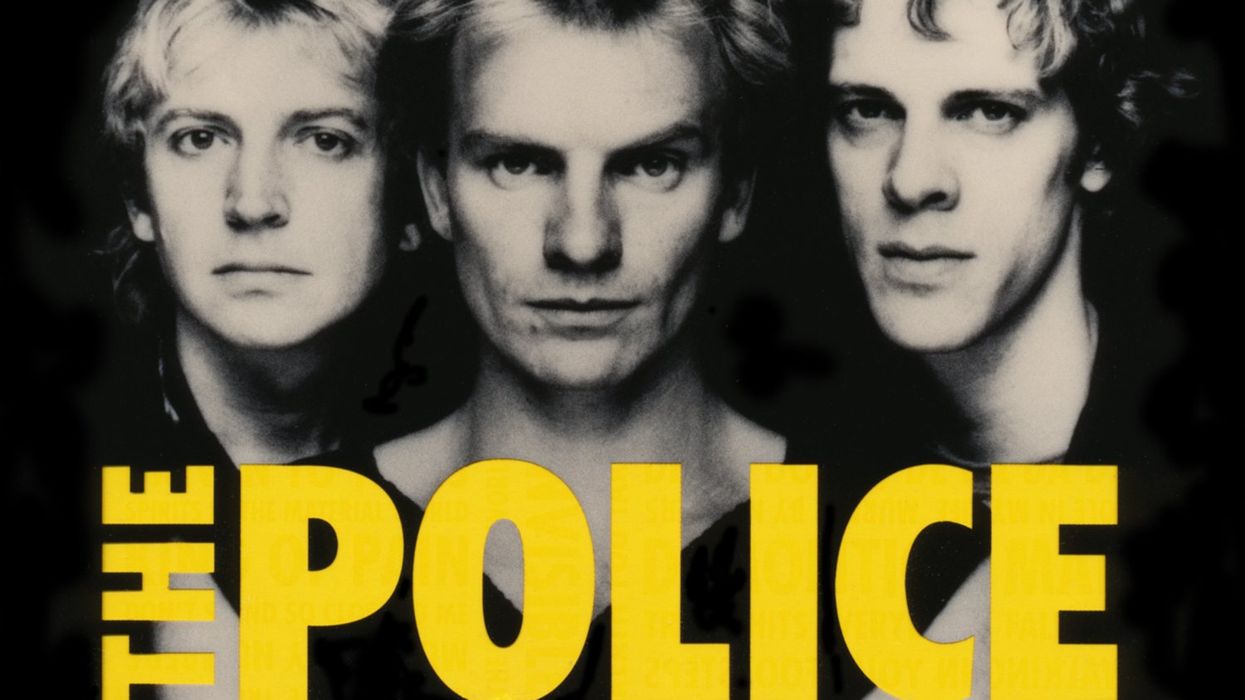
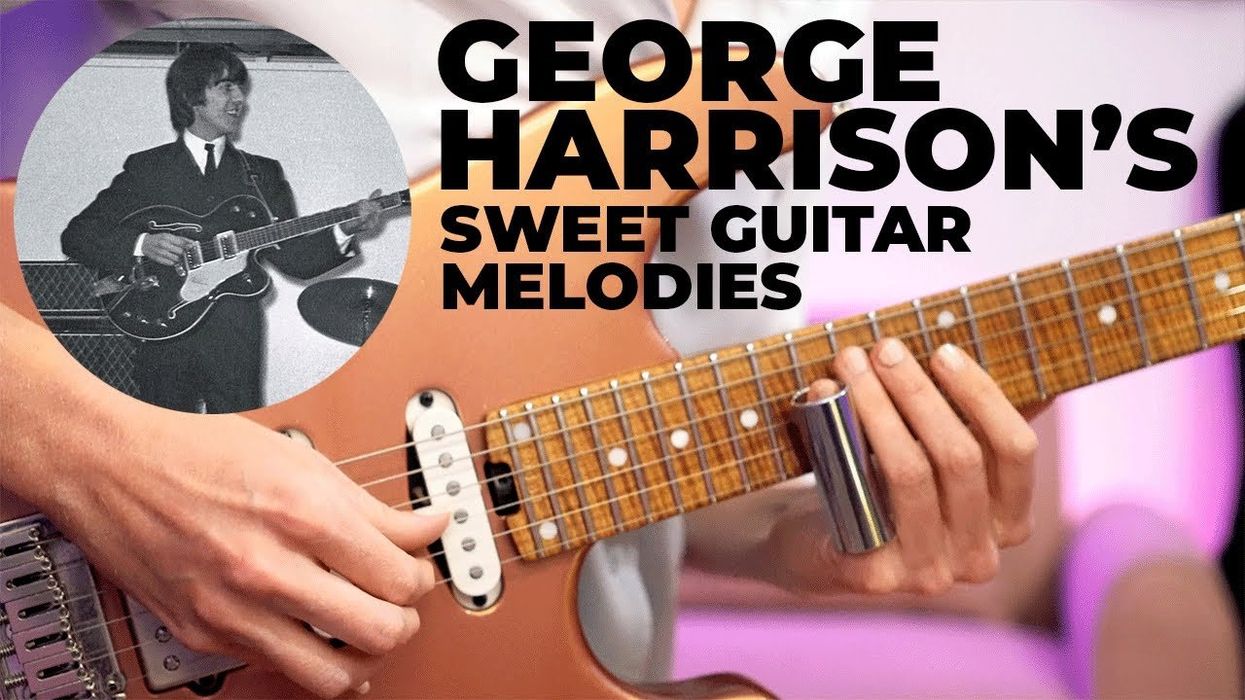


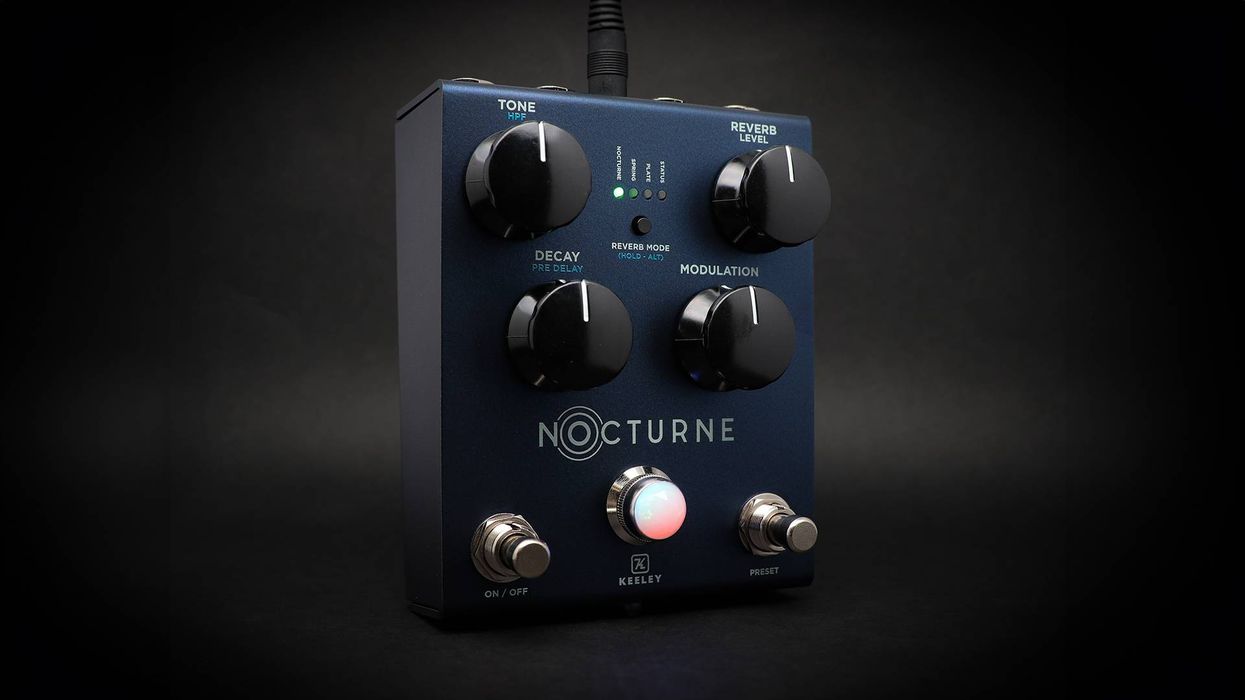

![Rig Rundown: Russian Circles’ Mike Sullivan [2025]](https://www.premierguitar.com/media-library/youtube.jpg?id=62303631&width=1245&height=700&quality=70&coordinates=0%2C0%2C0%2C0)
